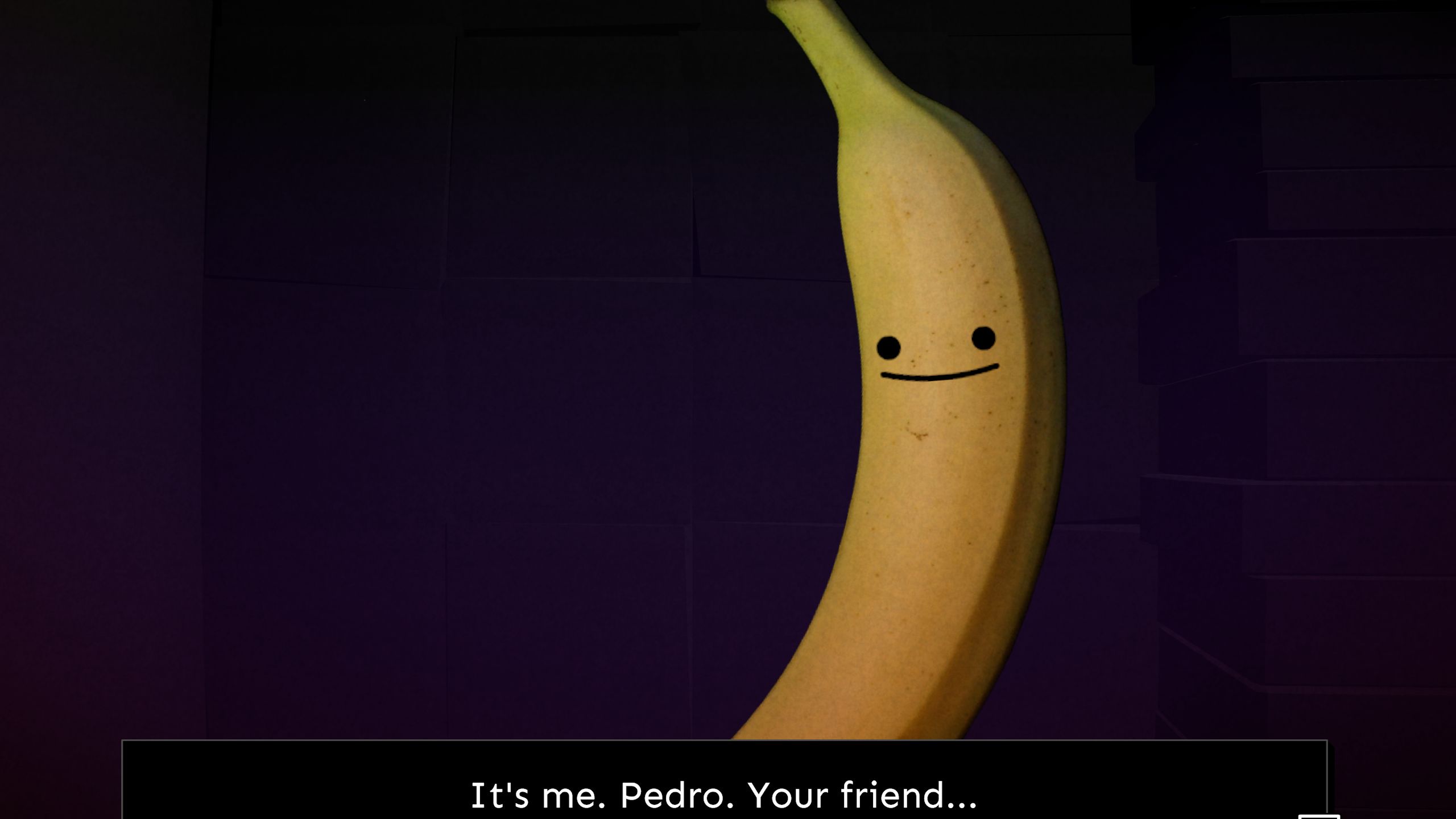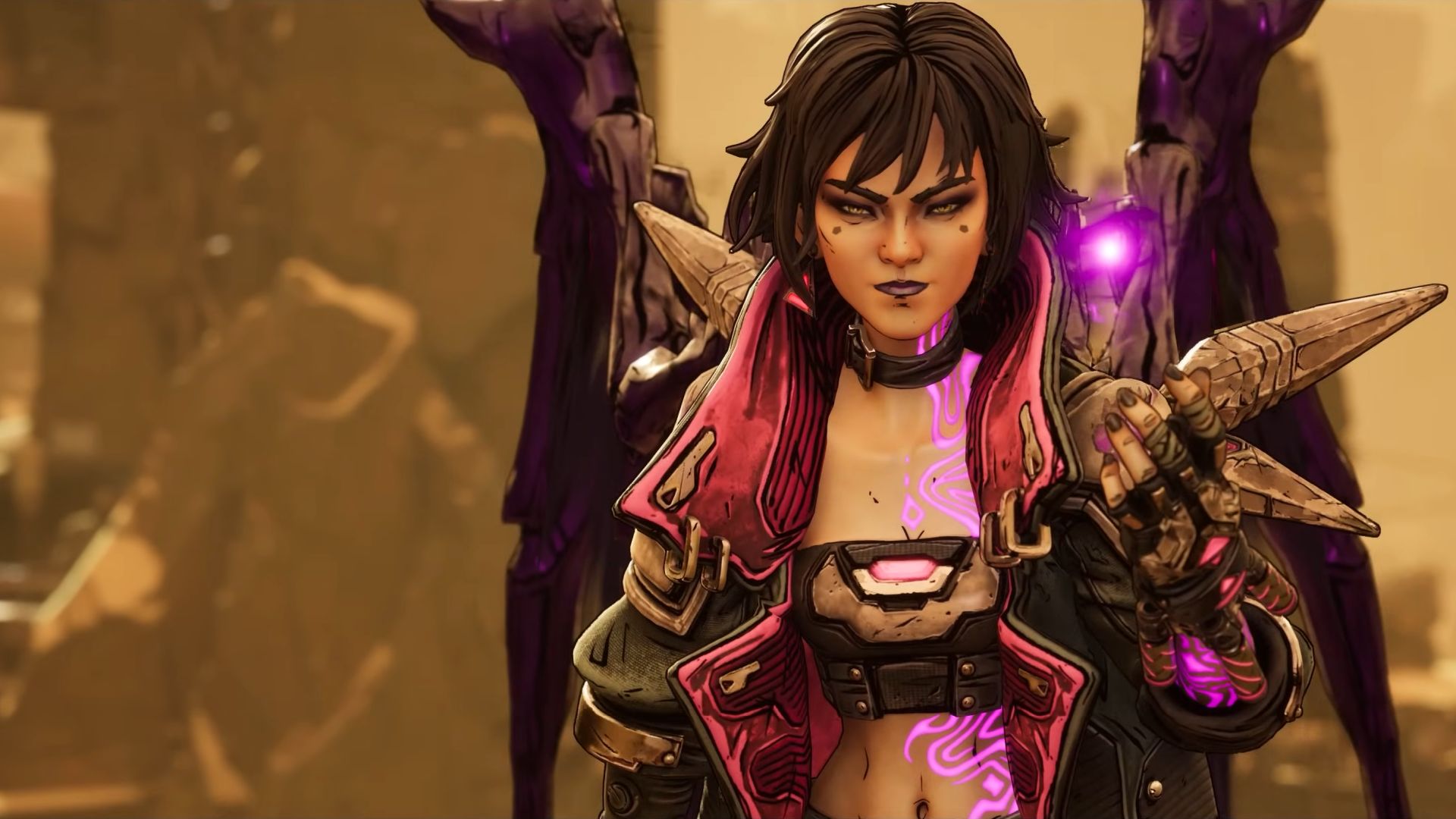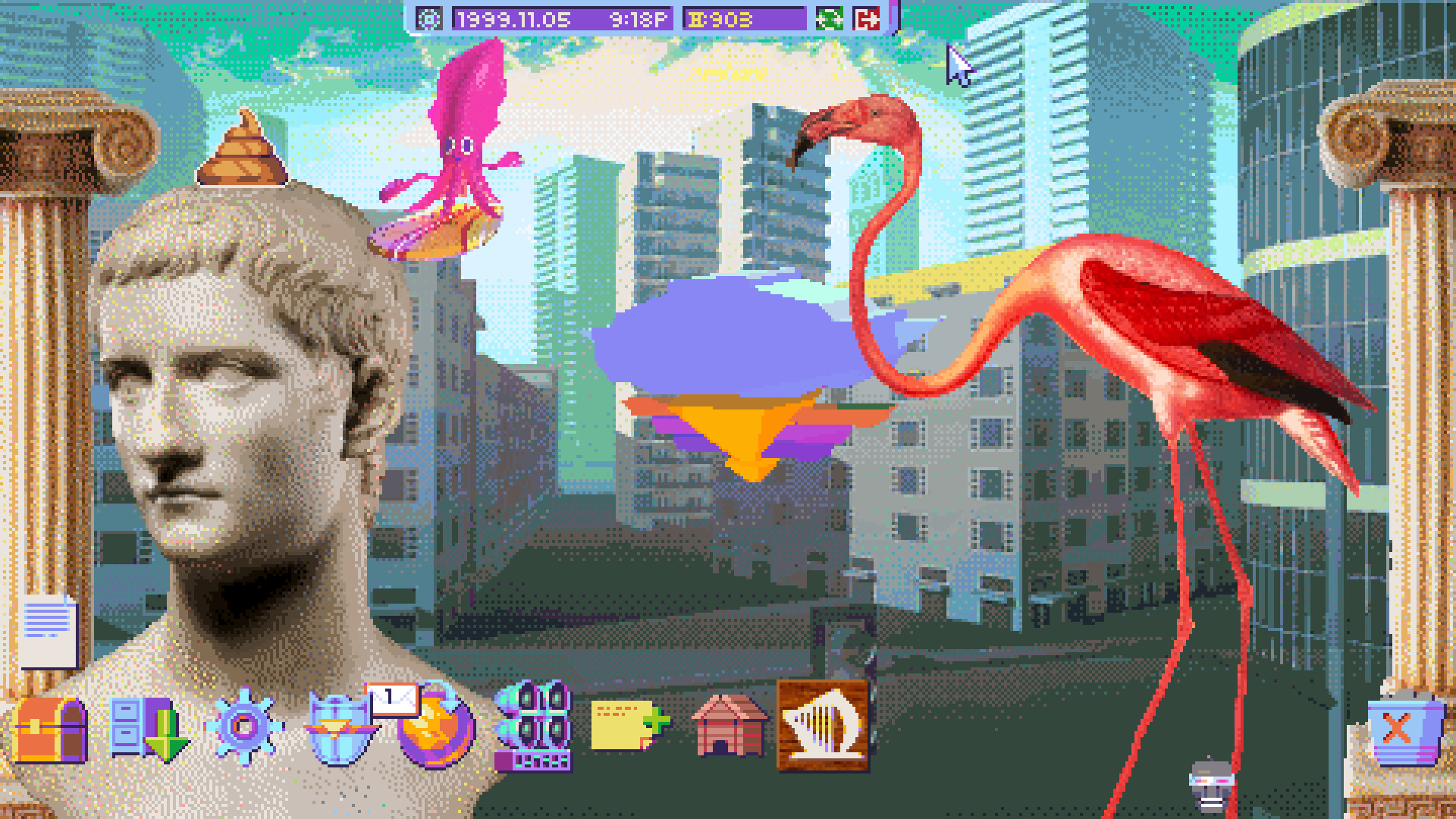
Having been there since the public announcement, I’ve had lots of chances to put Company of Heroes 3 through its paces. We even did a whole month of exclusive IGN First coverage on it. And chances are, with how open the development has been, you’ve played a slice or two yourself already. But all of that felt like running my fingers along various gears and armor plates that hadn’t been assembled into a full tank yet. And now that I’ve gotten to see both the Italian and North African campaigns in something closer to a finished state, the bigger picture is starting to come together.
What was missing from all the earlier builds, more than anything, was a sense of cohesion and storytelling. Both campaigns are now introduced with the sort of personal narrative framing this series is known for. You’re thrust into a moment in time, and get a sense of the various characters – from individual grunts all the way up to the top brass – as more than just a face on a menu. I feel like I understand what kind of people the allied commanders, the hot-headed American Buckram and his rival, the stoic Brit, Norton, are meant to be and how they play off each other. All of this framing puts me in the mindset of the time period, adding much-needed context to the trials ahead.
The linear North African campaign seems to really be leaning into the idea of presenting the war in terms of the impact it had on the local noncombatants, which is probably about as responsible a retelling as you could hope for in a real-time strategy game with playable Axis forces. I can’t show any of the cutscenes that set this up since they were still being worked on, but I was impressed with the level of nuance and spotlighting of an aspect of World War 2 most games like this would gloss over. It doesn’t boil the conflict down to black-and-white, either. The narrator points out how British bombing raids against German positions near her village were far from the herald of their liberation – they simply represented further destruction. It really hammers home how there are (ironically, given the franchise’s name) no true heroes in war. No matter who wins here, civilians will still lose their homes and their loved ones.
Form Up!
The dynamic Italian campaign has also seen significant tweaks, even since I last got to play it a couple months ago. While I’ve compared it to Total War in the past, what has emerged from the crucible of iteration and player feedback is something that feels more focused and perhaps a bit more guided. And overall, I think that’s for the better. You can still move companies around wherever you like, call in air support, and leverage your navy for strategic and tactical advantages. It’s a complex, multilayered affair. But it’s also tighter in scope and more directly narrative-driven than my previous impressions would have suggested.
This isn’t to say you’ll be railroaded. Italy just happens to be a fairly narrow peninsula, and the ultimate objective of breaking through to Rome is always the same. So the decisions you make are more about how to get where you’re meant to go, rather than setting your own goals. Optional missions are plentiful, earning little bonuses here and there. And you’ll face regular decisions that require you to prioritize the approach of one of your commanders over the others. Aside from just unlocking perks, you’ll have to progress each of their Loyalty tracks to a certain point to secure their support in the final battle. I didn’t get to actually see how this scenario plays out with or without the help of each specific character, though.
In the Muck
On the battlefield, not much has changed since I last had a look at Company of Heroes 3. And that is to say, I don’t have much to complain about. It feels like good ol’ CoH tactical action, with a wider roster of units than ever before and a good variety of unorthodox objectives to break up the more traditional maps. Tactical Pause has become a trusty tool that I especially appreciate when I need to quickly change gears from attacking to defending, or react quickly to an unexpected enemy move. The campaign has gone through a lot of iterations, but it seems like they more or less got this stuff right the first time.
I still have a fair few unanswered questions about how the campaign will play out across dozens of turns, with certain strategic elements still lacking tooltips and leaving it unclear what kind of role they’ll play. It’s still difficult to get a full picture of just how the strategic side ticks, in terms of resources, logistics, and progression. But now that the story woven around it is better fleshed out, I can definitely say it presents a compelling excuse to get you into those exciting tactical battles, if nothing else.






